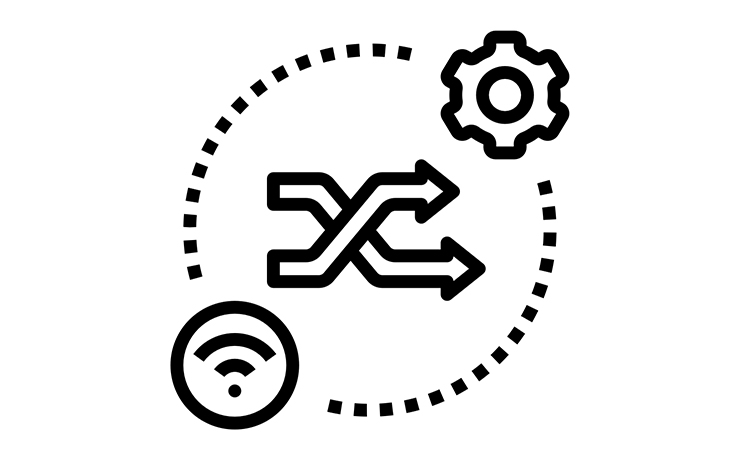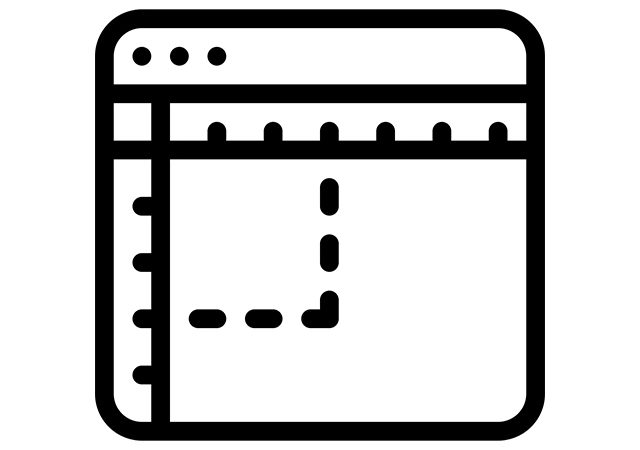This post answers the question “What is M2M standardised architecture in IoT?”.It’s the global standards initiative for Machine to Machine (M2M) Communications and the IoT (Internet of Things).
The purpose and goal of oneM2M are to develop technical specifications which address the need for a common M2M Service Layer that can be readily embedded within various hardware and software and relied upon to connect the myriad of devices in the field with oneM2M application servers worldwide.
A critical objective of oneM2M is to attract and actively involve organisations from M2M related business domains such as telematics and intelligent transportation, healthcare, utilities, industrial automation, smart homes and others.
OneM2M Layered Model in M2M in standardised architecture in IoT
Figure shows the oneM2M Layered Model for supporting end to end (E2E) M2M services. This model comprises of three layers:
- Application Layer: Here the oneM2m architecture gives major attention to connectivity between devices and their application. It includes the protocol and attempts to standardize northbound API definitions for business intelligence or BI systems. So that will be part of the application.
- Common Services Layer: Here there’s a horizontal architecture. This layer is a horizontal framework across the vertical industry applications. At this layer, horizontal modules include a physical network that the IoT application runs on and the underlying management protocol, and the hardware. So that will be part of the common service layer.
- Network Services Layer: Then the last is the network service layer. This is the communication domain for IoT devices and endpoints and will include the different Eye- Triple E standards for networking.
Functional Architecture of M2M
So, let’s go further. Here the below figure shows the functional architecture. We have the field domain and the infrastructure domain. In the field domain, you can see in the figure that, you have the application entity (AE) and then is nothing but the common service entity (CSE) and the next is the network service entity (NSE). They are connected with the help of reference points Mca and Mcn. The Mca is for the Machine to Machine Communication Application. And the Mcn is for the Machine-to-Machine Communication Network. They will communicate with the different entities (AE, CSE, NSe) (shown on the figure) with which they will pop these reference points (Mca, Mcn) and this will be connected to the infrastructure domain of the other service provider. So, that will be through the Mcc transfer. Because on the other side also will have the CSE that is a common service entity.




